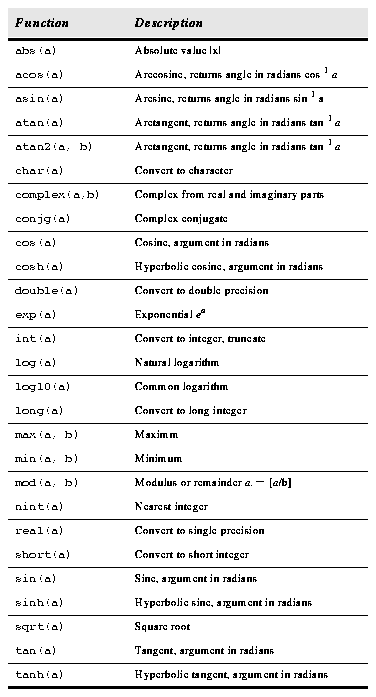If a procedure returns a value it is known as a function and the calling program must declare the procedure in a type declaration, and must reference the procedure in an expression. The function procedure must contain a return which assigns the value to pass back to the caller as the function value. A function procedure may return a numerical value, but may not return an array or string.
If a procedure does not return a value, the calling program may reference the procedure only in a call statement. However, the return statement may be used to end the procedure at any point and return control to the calling procedure.
Generated with CERN WebMaker
begin...end
The executable statements in a procedure must be surrounded by begin and end statements. All declarations must be placed between the procedure statement and the begin. {...}
Braces ({ and }) may be used to bracket explicitly groups of statements intended to be treated as a single statement, for example, in if, for, or while constructs. Arguments
Formal or dummy arguments and actual arguments must match in number and type. That is, the declarations in the calling and called procedure must be the same for all of the arguments. entry Statement
Procedures with multiple entry points are permitted in SPP because they provide an alternative to global common when several procedures must access the same data. The multiple entry point mechanism is similar to block structuring. The multiple entry point construct is only useful for small problems. If the problem grows too large, an enormous procedure with many entry points may result, which is difficult to maintain. The form of a procedure with multiple entry points is shown below. Either all entry points should be untyped, as in the example, or all entry points should return values of the same type. Control should only flow forward. Each entry point should be terminated by a return statement, or by a goto to a common section of code which all entry points share. The shared section of code should be terminated by a single return which all entry points share. 
Intrinsic Functions
Any function written as part of the task must be declared. However, SPP includes several intrinsic functions that need not be declared. The intrinsic functions are generic functions, meaning that the same function name may be used regardless of the data type of the arguments. The arguments to trigonometric functions are assumed to be in radians, as in Fortran.
Table 1.10: Intrinsic Functions
Note that the names of the type coercion functions (char, short, int, real, etc.) are the same as the names of the data types in declaration statements. The functions log10, tan, and the hyperbolic functions may not be called with complex arguments. As in Fortran, the arguments to trigonometric functions must be in radians. Calling Fortran Subprograms
Since SPP is preprocessed into Fortran, in most cases, it is quite straightforward to call an existing Fortran subroutine from an SPP procedure. The most important caution is in using character strings. SPP strings are not the same as Fortran strings. SPP strings are implemented as arrays of integers. However, there are procedures available to transform between the two: f77pak() converts an SPP string to a Fortran string, and f77upk() converts a Fortran string to an SPP string. Note that you must declare the Fortran string in the SPP procedure with a Fortan statement. This is possible with the % escape as the first character on a line. This indicates to the xc compiler that the following statement should not be processed but copied directly to the Fortran code. See also "Expressions" on page 31 and "Fortran Strings" on page 125.




